- link.springer.com : The history of pertussis (Whooping Cough); 1906- 2015: Facts, Myths, and Misconceptions. James D. Cherry.
- ecdc.europa.eu : Disease factsheets about pertussis.
- medicinenet.com : Whooping cough (Pertussis), Melissa C. Stöppler.
- nature.com : Pertussis: a tale of two vaccines, Nicolas Fanget.
- frontiersin.org: Pertussis Prevention: Reasons for Resurgence, and Differences in the Current Acellular Pertussis Vaccines, Susanna Espocito et al.
Whooping Cough: Causes, Symptoms, Treatment in Children and Adults

Whooping cough starts subtly and lasts a long time. It affects children and adults alike. What are its symptoms, treatment and consequences, and prevention?
Most common symptoms
- Fever
- Spirituality
- Nausea
- Blue leather
- Indigestion
- Full nose
- Slowed heartbeat
- Dry cough
- Fatigue
- Damp cough
- Vomiting
- Coughing up mucus
- Redness of the conjunctivae
- Increased body temperature
- Increased watery eye
Characteristics
It can affect anyone, and is particularly dangerous for children under 1 year of age and the elderly. Thanks to compulsory vaccination, the incidence of the disease has decreased significantly.
However, it can still appear in your area.
Whooping cough (also called pertussis) is a highly contagious respiratory disease caused by the bacterium Bordetella pertussis.
It mainly affects the larynx, trachea and bronchi.
This disease is characterised by severe, suffocating coughing attacks lasting several weeks. They are accompanied by gasping whistling breathing, sometimes vomiting and blueness in the face (cyanosis).
Breathing is difficult and the organism is exhausted.
Unlike other serious bacterial diseases, whooping cough occurs without fever unless the infected person is suffering from another, secondary infection.
The first outbreaks of whooping cough were described as early as the 16th century. However, it was not known what caused the disease. The bacterium Bordetella pertussis was not identified until 1906. Its discoverers were Jules Bordet and Octav Gengou.
Before the availability of vaccines, whooping cough was one of the most common causes of death in infants and young children. However, it is still not a thing of the past. Sporadic outbreaks are on the rise.
Globally, whooping cough affects approximately 16 million people a year.
Increased incidence is observed in 3-4 year intervals.
Causes
This bacterium is exclusively a human pathogen and possesses bacterial adhesins - filamentous haemagglutinin, pertactin and fimbriae. It also produces toxins, the most important of which is a toxin produced by the bacterium Bordetella pertussis, the so-called pertussis toxin.
Bacterial adhesins are protein structures that help bacteria adhere to different surfaces (e.g. the mucosa of the respiratory or digestive tract).
Pertussis toxin - respiratory tract poison
Bordetella pertussis inhabits the mucosal surface of the trachea and bronchi.
It multiplies rapidly and disrupts the function of the ciliated epithelium of the respiratory tract by producing bordetella toxin. It causes inflammation to necrosis of the mucosa and increased mucus production in the respiratory tract. This leads to irritation of cough receptors.
Cilia move mucus and other impurities out of the airways by their oscillating motion. Disruption of their function therefore poses a high risk for the development of inflammation and various infections.
As a result of worsening inflammation, swelling and narrowing of the airways occurs. Such a condition makes breathing significantly more difficult.
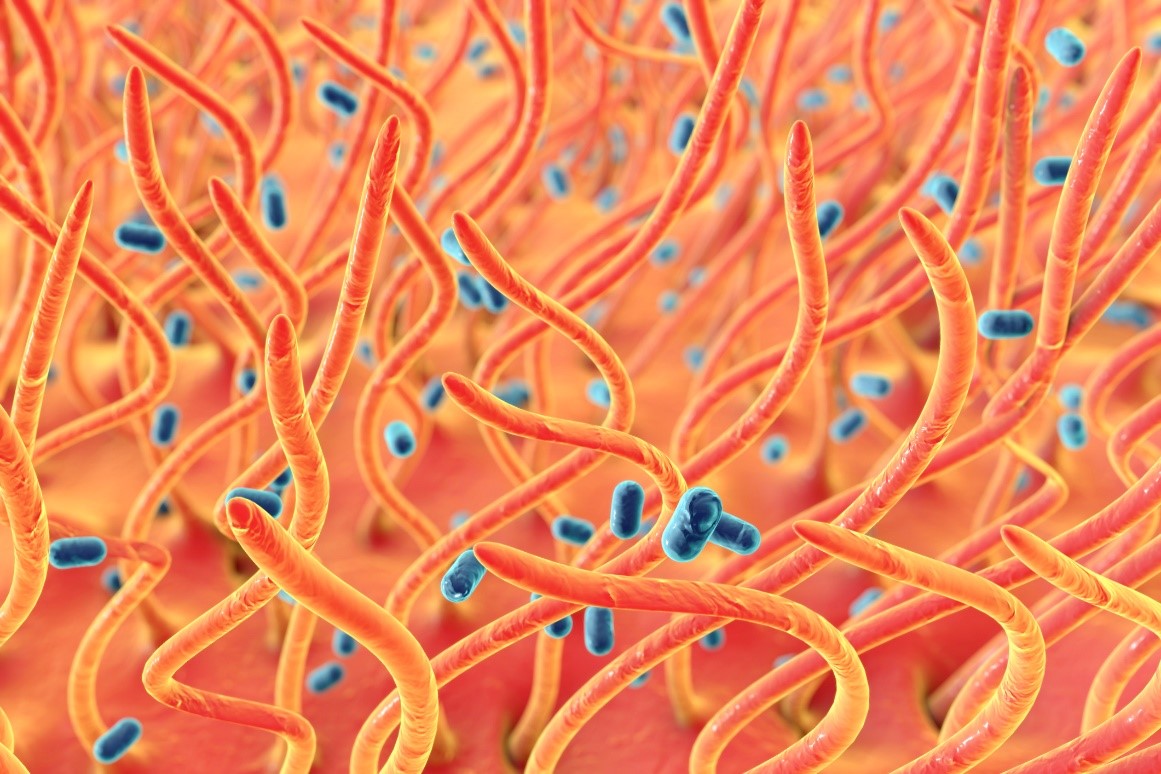
Symptoms
The disease is protracted, usually lasting 6 to 10 weeks, and its typical course has 3 stages.
Initially, it manifests itself as a common cold accompanied by only mild coughing.
Later on, frequent and persistent coughing fits appear, especially at night.
At a more advanced stage, coughing fits also occur during the day.
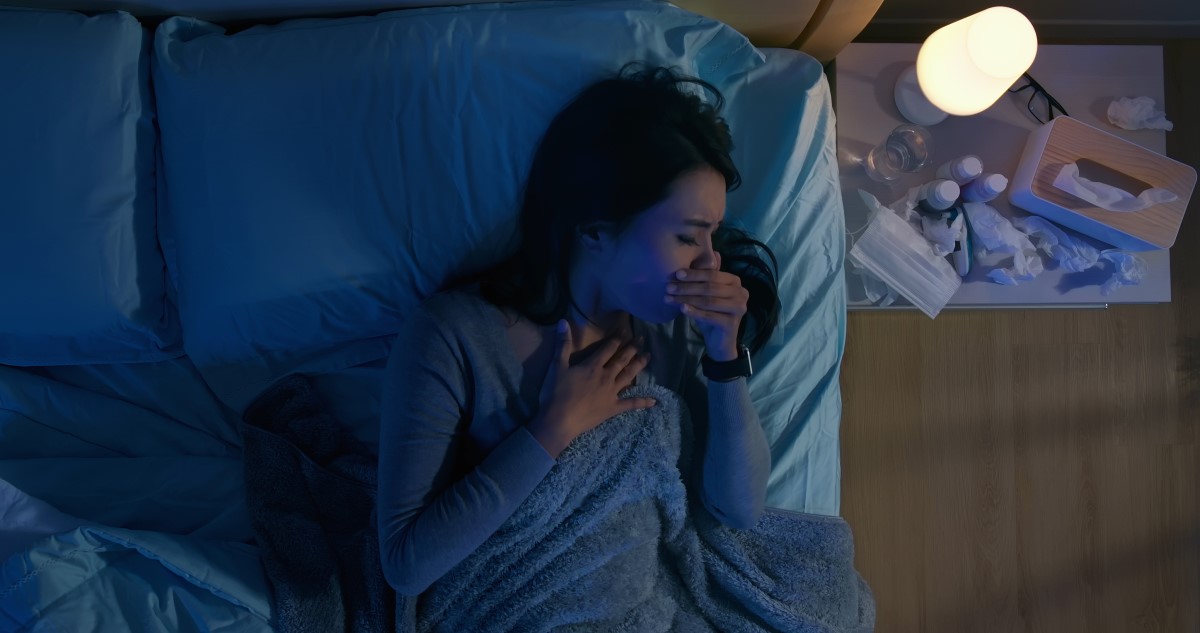
Table: stages of the typical course of whooping cough, their duration and characteristic symptoms
| Stage | Symptoms |
| Stage 1 | catarrhal - 10 to 15 days
|
| Stage 2 | paroxysmal - 1 to 5 weeks
|
| Stage 3 | reconvalescent - at least 1 month
|
The clinical picture of an infected person depends mainly on age and condition of immunity.
Sometimes, especially in adolescents and adults, the course may be atypical. The symptom is often only a prolonged irritating cough without other accompanying complaints. This form of atypical clinical course is referred to as abortive (mild).
Those infected with a mild case of whooping cough often move among the healthy and unknowingly spread the infection further.
Whooping cough infection in young children and people over the age of 65 can have a severe, life-threatening course.
How does it spread?
Whooping cough is highly contagious.
It spreads by droplets from the nose, mouth and throat.
So, the source of infection is the infected person.

The period of infectivity starts already at the end of the incubation period.
A person is most infectious during the catarrhal stage and the first week of the paroxysmal stage. After the start of treatment, an infected person is capable of transmitting the infection for another 5 days, after which the infectivity decreases.
Whooping cough in children
The source of infection for young children is mainly adolescents and adults who have a mild form of the disease and do not know that they are infected.
The problem arises if an infected person comes into contact with a young child who has not yet been fully vaccinated and who does not have a sufficiently developed cough reflex.
The most vulnerable group is children under 1 year of age.
Up to 87% of whooping cough deaths are recorded in children younger than 12 months of age.
At the beginning of the infection, the child looks deceptively fine, he coughs slightly, manifestations of the common cold may appear.
The child has no other difficulties.
The catarrhal stage is very short in young children, so the paroxysmal stage comes on quickly.
Infants infected with whooping cough usually have mild coughing fits, during which it is a very common manifestation:
- gasping with protruding tongue,
- blueness in the face,
- purple skin around the mouth,
- vomiting,
- short-term respiratory arrest (apnoea).
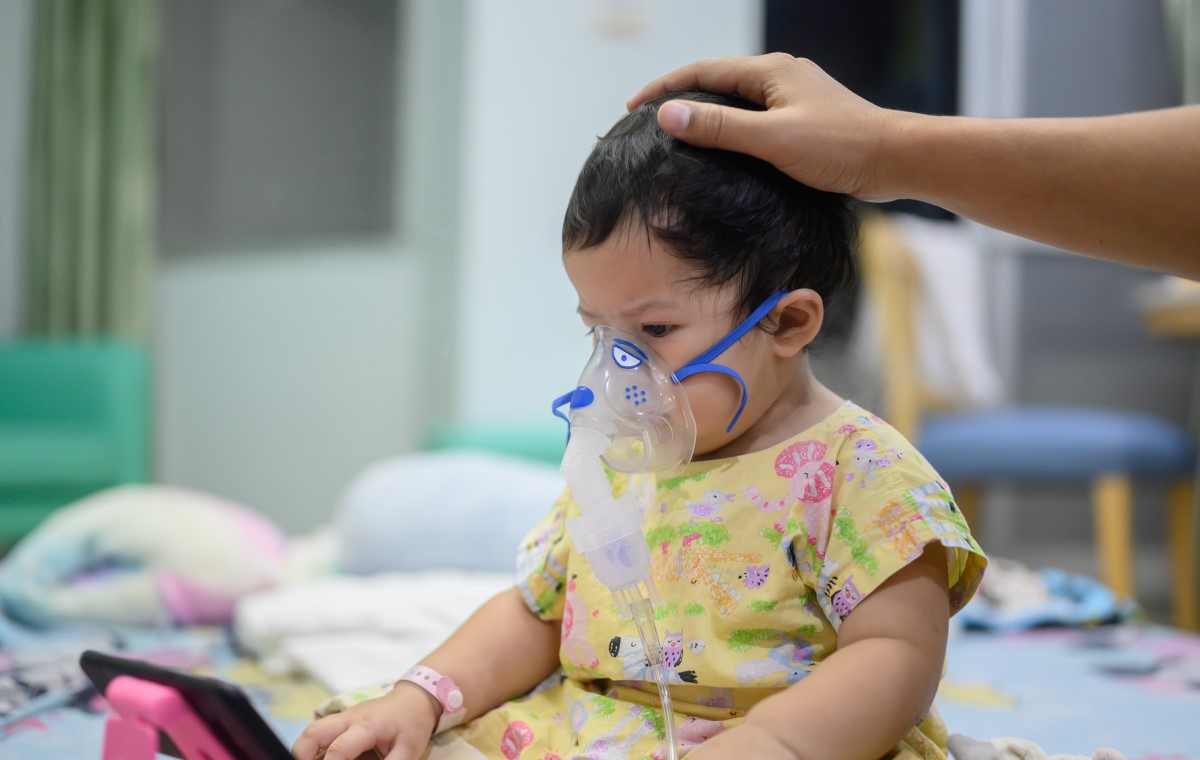
Most children younger than 1 year infected with whooping cough are hospitalized and undergo close respiratory monitoring. Leukocytosis with lymphocytosis is often observed in the blood sample.
Consequences of whooping cough, prognosis
Complications that can occur with whooping cough include:
- Secondary bacterial or viral infection
As a result of the weakening of the respiratory tract by whooping cough, as well as immunity, the body is more susceptible to various other infections. Most often, secondary bacterial pneumonia is caused by the bacterium Streptococcus pneumoniae.
The latter is one of the possible causes of whooping cough deaths in young children and the elderly.
- Toxoinfectious encephalopathy
It is a malfunction of the central nervous system due to the action of bordetella toxins, as well as reduced oxygen supply in paroxysmal coughing. The manifestation is convulsions and disturbances of consciousness.
It is most often observed in young children.
- Bronchial asthma
After a more severe course of whooping cough, as well as other respiratory infections, increased irritability of the airways with subsequent development of asthma can occur in rare cases (more about asthma here Asthma bronchiale: What is asthma, why does an attack occur and what helps?).
- Mechanical effects of paroxysmal, persistent cough
As a result of physical exertion during a severe coughing attack, complications such as:
- rib fractures,
- hernia,
- subarachnoid and intraventricular hemorrhage (bleeding into the brain),
- epistaxis (nosebleeds),
- tearing of the bridle of the tongue,
- urinary incontinence (loss of bladder control during a coughing fit).
The prognosis of whooping cough in adolescents and adults who have been vaccinated in the past is very good.
However, the prognosis worsens for children who have not yet been fully vaccinated (especially children younger than 12 months).
Older adults (over 65 years) are at risk of severe disease associated with other chronic diseases for which they are being treated. Decreased immunity and impaired recovery are also problems for older people.
Diagnostics
Some symptoms of whooping cough also occur with infections such as Mycoplasma pneumoniae, Chlamydia pneumoniae or adenoviruses.
Different methods are therefore used to confirm the presence of Bordetella pertussis in the body:
- Cell culture
The cultivation of the cells takes between 5 and 12 days. Sampling should be done in the early stages of the disease and before antibiotic treatment. Otherwise, the sensitivity of the cultural detection decreases considerably.
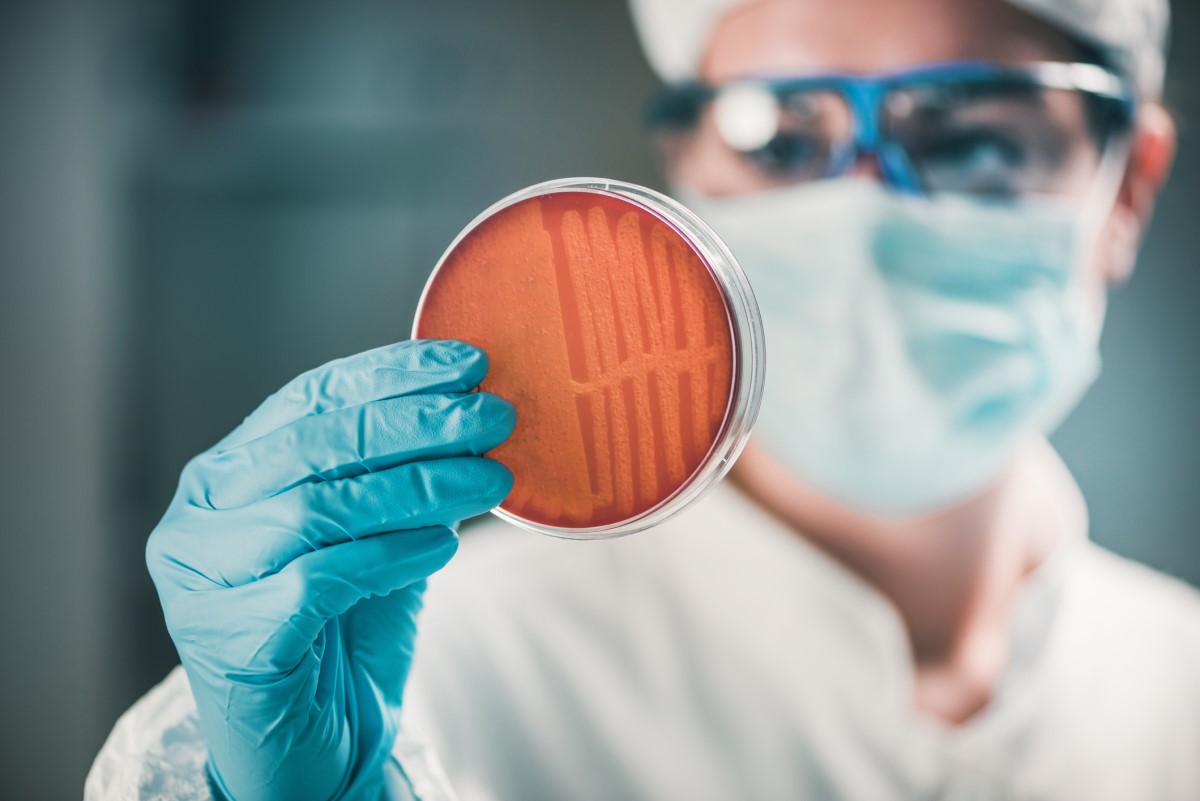
- Polymerase chain reaction (PCR)
The most widely used method is real-time polymerase chain reaction (RT-PCR). It is a highly sensitive method of nucleic acid evidence and, in contrast to culture, allows detection of Bordetella pertussis even during antibiotic treatment or at later stages of the disease. Results are known within 8 hours.
However, as with culturing, the highest detection of bacteria in the collected sample is at the beginning of the paroxysmal stage.
- ELISA
The enzyme-linked immunosorbent assay (ELISA) is used to serologically determine the level of IgG and IgA class antibodies in a blood sample.
IgA class antibodies against Bordetella pertussis are determined to detect actual infection at an early stage of the disease. IgG class antibodies against Bordetella pertussis are present at approximately 2- 3 weeks of illness and peak at 8 weeks.
The finding of IgG class antibodies may also correspond to a previous infection, with their presence persisting in the body for several years.
Sampling for whooping cough tests
The nasopharyngeal swab is most commonly used for culture and RT-PCR method. It is collected using a thin sterile swab in two ways - either through the oral or nasal cavity, or a combination of both.

The person being examined should not eat, drink, smoke, brush their teeth or chew gum for at least 2 hours before the actual swabbing.
In young children, a small amount of nasopharyngeal aspirate (sputum) can be suctioned instead of swabbing.
PREVENTION
Bordetella pertussis is sensitive to the external environment. It survives for about 1 hour in the sun, and dies within 15 minutes at 60 °C. It does not even smell of common disinfectants.
The most effective prevention against the spread of this bacterium in the population is vaccination.
Whooping cough vaccination
First, a bit of history...
A therapeutic vaccine of uncertain efficacy was developed shortly after the discovery of the causative agent of whooping cough in 1906. However, scientists Pearl Kendrick, Grace Eldering and Loney Gordon developed an improved, highly effective version in 1939.
It was a whole-cell pertussis vaccine that began to be combined with diphtheria and tetanus toxoids in the late 1940s. Shortly afterwards, this combination vaccine was widely adopted.
Whole-cell pertussis vaccine contains a gently inactivated (killed) Bordetella pertussis bacterium.
The introduction of whooping cough vaccines has been associated with a large decrease in cases. As the risks of whooping cough have been greatly reduced, the focus has shifted from fear of the disease itself to fear of the side effects of the vaccine.
Whole-cell pertussis vaccine has in the past caused very rare adverse effects of a neurological nature. However, a major anti-vaccination campaign was launched, with much misinformation. Three countries, Sweden, the United Kingdom and Japan, have even discontinued or reduced whooping cough vaccination.
In response to concerns about side effects, Yuji Sato worked on a so-called acellular (non-cellular) vaccine. He set out to create a less reactogenic vaccine, and in 1974 he succeeded.
By the late 1990s, the vaccine had been adopted in most countries.
Acellular (non-cellular) pertussis vaccine contains bordetella anatoxin and filamentous haemagglutinin.
Current vaccination strategy
Sufficient levels of pertussis antibodies are thought to persist for approximately 10 years after vaccination. However, a decline in antibodies is observed as early as 5 years after vaccination. It is for this reason that sporadic outbreaks occur.
The solution is an extra administration of a vaccine after an earlier (primer) dose, i.e. a booster dose.
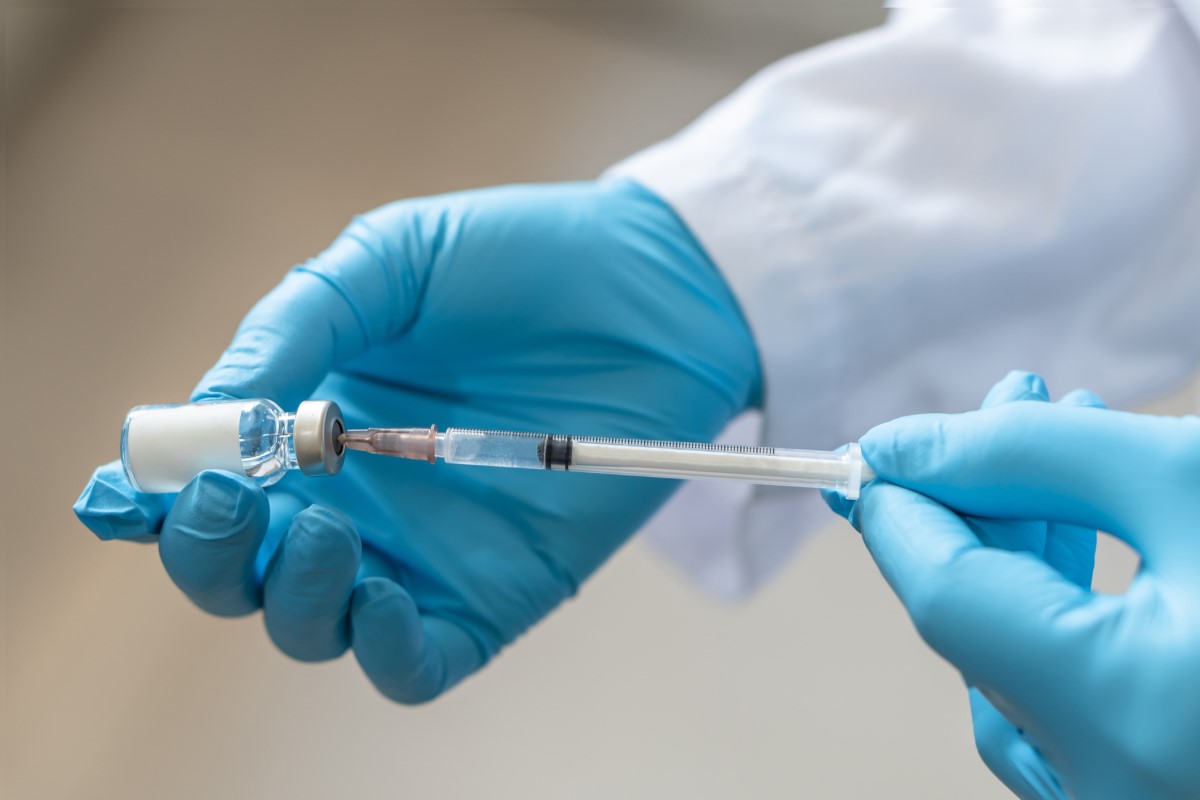
Children who are not vaccinated are 23 times more likely to contract whooping cough.
Since adults are an important source of infection in addition to adolescents, whooping cough vaccination is also recommended for those in close contact with a child younger than 1 year (parents, grandparents).
Overcoming whooping cough creates long-term. It does not give lifelong immunity. The same goes for vaccinations.
Adults can be vaccinated against whooping cough together with diphtheria and tetanus every 15 years.
Whooping cough vaccination in pregnancy. Yes or no?
Very often, whooping cough infects a newborn only in the mother.
The World Health Organization (WHO) currently recommends pertussis vaccination with the acellular pertussis vaccine to any expectant mother who has not been vaccinated according to the available vaccination schedule.
She should do so no later than 3 weeks before the planned delivery.
The decision is voluntary and should be preceded by a thorough consultation with the attending gynaecologist/obstetrician.
Whooping cough in numbers
- 10 years is the time during which the vaccine protects us against whooping cough (vaccination required).
- 100 days is how long whooping cough can last (so-called 100-day cough).
- 95% of newborns have almost no antibodies from the mother.
- 87 % of all whooping cough deaths are children under 1 year of age.
- 75% of whooping cough cases in children are caused by relatives who are unknowingly infected.
- 1 source (human is the only source of infection).
How it is treated: Whooping Cough
Treatment: Medications, antibiotics and time, home remedies
Show morePertussis (Whooping Cough)
Whooping Cough is treated by
Other names
Interesting resources
Related










